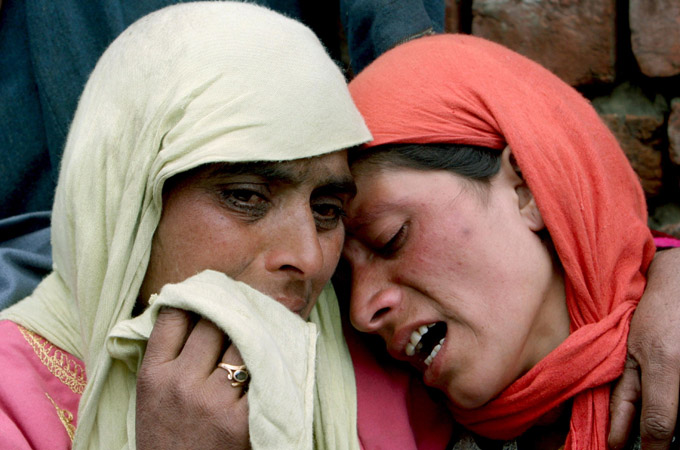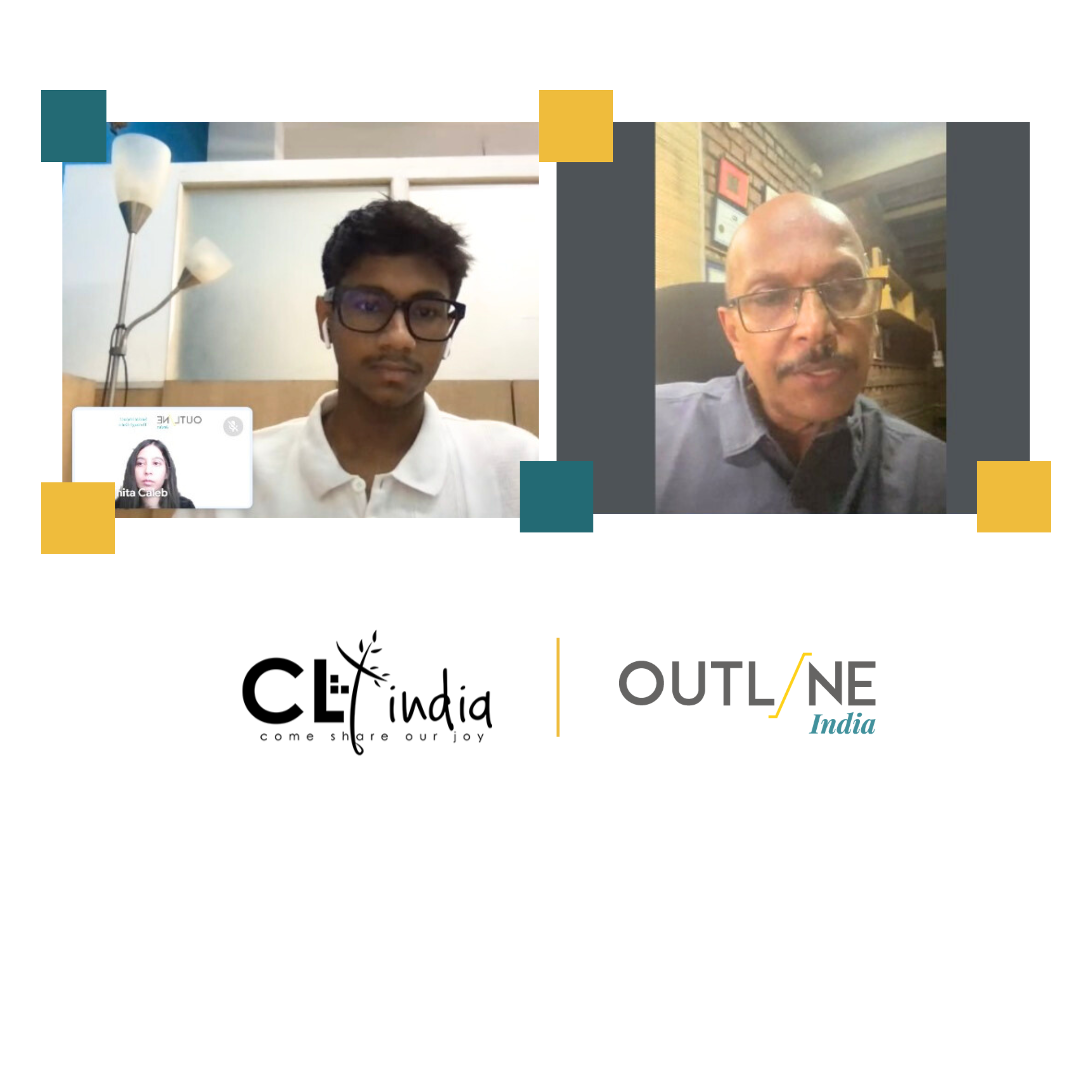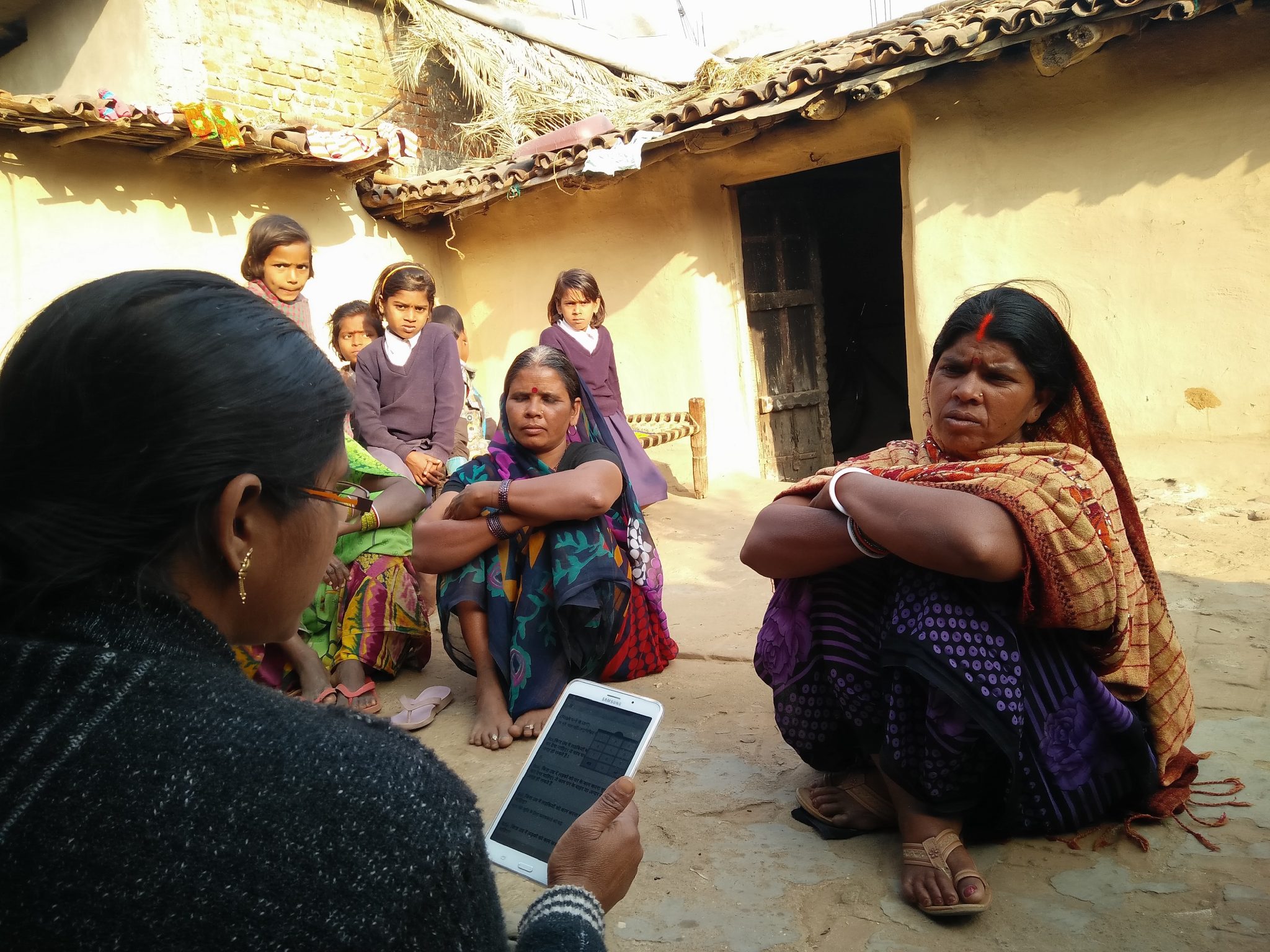Blog Details
“Gar firdaus bar-rue zamin ast, hami asto, hamin asto, hamin ast.” (If there is a heaven on earth, it's here, it's here, it’s here…)
The above phrase of Amir Khusrao often resonates and reminds one of the picturesque beauties of Kashmir alluring ardent travellers to visit this ‘abode of God’. As a young solivagant researcher, who reveals herself in the act of wandering alone in destinations and locations she has not previously visited. I felt a sudden frisson of excitement and thrill post my field induction site was finalised as Kashmir.
Chilla-i-Kalan[1] embraced me as soon as I reached Srinagar. The valley had turned into an unbelievable dream, covered in a blanket of snow. I was welcomed or ‘Khatir madarat’ as Khala would say, by partially frozen pine trees and snow-clad peaks in the backdrop of Lal Chowk.
Post reaching ‘home’ for the next two months, Khala (the mother of a dear friend with whom I stayed in Kashmir) quickly gave me a hot water bottle and Kanger[2] to fight this cold. Mesmerised as I was by the snow-capped peaks of the Himalayas at a distance, I couldn’t help but notice a group of people largely women, sitting on the road with placards and pictures of ‘men’. On enquiring I learnt that these women took part in sit-ins every month in Srinagar to seek the whereabouts of their loved ones who were subject to enforced disappearance. Enforced disappearance is a phenomenon where a person is secretly abducted or imprisoned by a STATE or POLITICAL ORGANIZATION, or by a third party with the authorization, support, or acquiescence of a state or political organization, followed by a refusal to acknowledge the person's fate and whereabouts, with the intent of placing the victim outside the protection of the law.
The picturesque Kashmir Valley often acclaimed as the paradise on Earth has witnessed the death of more than 90,000 people and the disappearance of 8,000 people in the last thirty years. Of which a little more than 1,500 people who disappeared were married. Hence, it is not wrong to assume that at least 1,500 ‘half widows’ or ‘half wives’ have been residing in the valley sans 1989.
Nahida, a middle-aged woman probably in her late 40’s seemed a little agitated and distressed while she was packing her husband’s photo post the sit-in. I went up to her and asked if she was okay! She sympathetically looked at me and asked if I was new in town. Taken aback by her response I nodded. After a brief pause, she shared her story which is a ‘common’ one in the valley!
Nahida is a half-widow, whose husband went to buy batteries from a nearby shop only to never return. Half widows are a category that has emerged in Kashmir in the last 25 years of armed struggle. The husbands of these women ostensibly (read have) “disappeared” in the Indian counter-insurgency actions (Zia, 2013). They are left with the uncertainty of identities that are derived from their kinship roles. They remain completely unsure of weather; they are wives or widows resulting in a tricky situation leaving them in a state of perpetual limbo.[3]
Economic hardships, social stigma and psychological turmoil are some of the many problems faced by the half-widows. They undergo massive economic hardship as their husbands were the sole breadwinner of the family and with their disappearances, the wives now had to look after the family, run daily chores and feed the children.
The half widows negotiate between the state and the society: often the in-laws of these women refuse to acknowledge their existence, as, their ‘son’, ‘husbands’ to these women have gone missing. Fighting for one’s rightful share is seen through the lens of whether the half-widow is an ‘asal zanan’. Asal zanan is a Kashmiri term which means ‘good woman’. Women who claim their property rights post their husbands’ disappearances are often considered to be not ‘asal’ or not a woman of morale. This is probably because the society perceives good half widows to be emotionally drained out so much so that they do not ask for their disappeared husband’s property even in the face of economic hardships, marking their loyalty to their husbands. This leaves them in a dilemma; whether they should claim their property rights and be labelled as not ‘asal’ or be silent during such situations. Often half widows do not claim their property rights and are faced with economic hardships on the onset of such situations.
Half widows also go through tremendous mental stress. The confusion around the whereabouts of their husbands takes them on an emotional roller coaster ride. This trauma can be long lasting affecting their health and emotional well-being.
Their daily lives include another important component, the ritualistic ‘search’. The half widows go on searching for their disappeared husbands in the hope of learning about their whereabouts. Half widows embark upon the journey of the never-ending ‘search’ with the hope of getting some information about their disappeared husbands. This unending ‘search’ has taken them to various places: starting from the army camps to distant jails to morgues to even mosques. Most half widows, on an average, have spent about ten to twelve years of their lives ‘searching’ for their husbands.
Nahida[4], the women I had met in Srinagar three years ago, died last month. As I found out later, the search for her husband was futile; there was no news about him till the time she was alive. No social securities are being offered nor is any assistance or policies being developed to end the miseries of this category of people.
It is tragic to note that even when Kashmir gets the attention as a favoured holiday destination yet, the daily lives of Kashmiris are masked in ignorance. There are flamboyant numbers portraying the tourist footfall in the valley. However, there is a dearth of large scale data-driven assessments to identify the social security need of the people in the valley.
Kashmir bears testimony to severe brutality and violence, owing to the protracted conflict in the valley. A half-widow would see Kashmir through her experience of searching her beloved husband amidst the snow-clad peaks while a tourist perhaps would be mesmerised by the sheer beauty of the place. There is a stark difference in how the same place is envisioned by two different individuals. A place, as we consider today, is a creation and a recreation of the people who reside in it. Significance of a place is derived from the presence of its people. If we look at the experiences of the people residing in Kashmir maybe we will be able to understand the place better which shall enable us to work towards progress and development of the people.
[1] Chilla-I- Kallan is the 40 day harshest period of winter experienced in the Kashmir valley.
[2] An earthen pot woven around with wicker filled with hot embers used by Kashmiris to keep the chill at bay.
[3] The term ‘half-widow' itself can be seen as problematic. In addition to the ascription of the kinship ties and the associated problems thereafter, the ‘half' of half widows may mean that she is not ‘full' or complete and suffers a lack, hence, a ‘half-widow'. Having said that, one cannot ignore reality.
[4] Some names, places and timeline have been changed intentionally to protect the identity of the respondent.








David Angel Makel
IT ConsultantIt is a long established fact that a reader will be distracted by the readable content page looking at its layout point of using normal